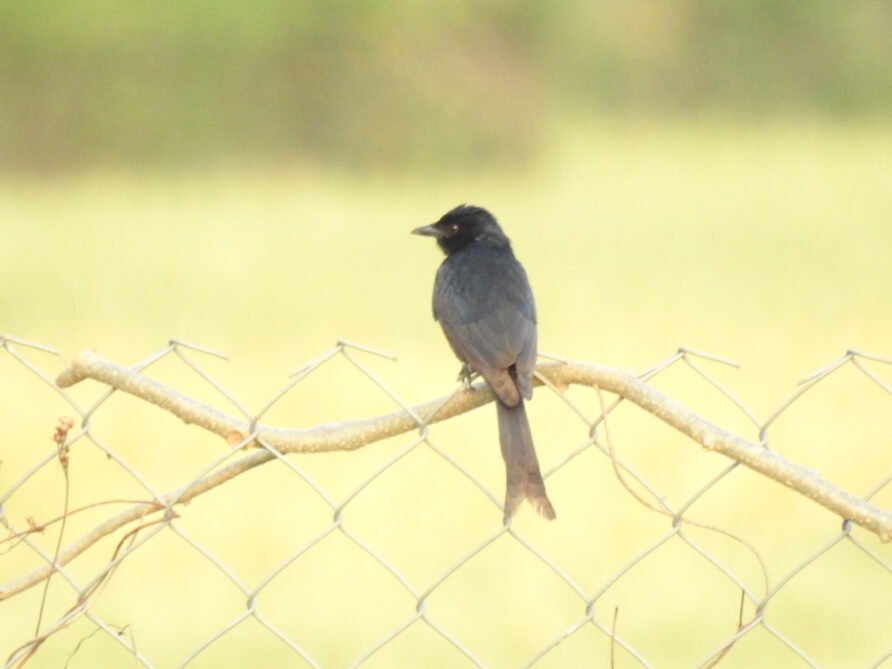Jim Corbett National Park, located in the foothills of the Himalayas, is a popular destination for nature lovers and wildlife enthusiasts. But did you know that there are several day trips from Jim Corbett National Park that are worth exploring? In this blog post, we’ll take a look at some of the nearby attractions that you can visit during your stay in the area.
- Nainital: Nainital is a picturesque hill station located about 65 kilometers from Jim Corbett National Park. The town is known for its serene lakes, lush green hills, and pleasant weather. You can take a boat ride on the Naini Lake, visit the Naina Devi Temple, or explore the local markets to buy souvenirs.
- Ranikhet: Ranikhet, which means “Queen’s Meadow,” is a beautiful hill station located about 80 kilometers from Jim Corbett National Park. The town is known for its scenic beauty, pleasant weather, and old-world charm. You can visit the Jhula Devi Temple, the Chaubatia Orchard, or take a walk through the lush green forests.
- Kausani: Kausani is a small hill station located about 120 kilometers from Jim Corbett National Park. The town is known for its stunning views of the Himalayas and is often referred to as the “Switzerland of India.” You can visit the Anasakti Ashram, the Kausani Tea Estate, or take a trek to Rudradhari Falls.
- Bhimtal: Bhimtal is a small town located about 70 kilometers from Jim Corbett National Park. The town is known for its tranquil lake, which is surrounded by lush green hills. You can take a boat ride on the lake, visit the Bhimeshwara Mahadev Temple, or explore the local markets to buy souvenirs.
- Almora: Almora is a scenic hill station located about 90 kilometers from Jim Corbett National Park. The town is known for its beautiful views of the Himalayas and its rich cultural heritage. You can visit the Nanda Devi Temple, the Bright End Corner, or take a walk through the local markets.
- Mukteshwar: Mukteshwar is a small town located about 95 kilometers from Jim Corbett National Park. The town is known for its scenic beauty and tranquil atmosphere. You can visit the Mukteshwar Temple, the Chauthi Jaali viewpoint, or take a walk through the lush green forests.
- Corbett Waterfall: Corbett Waterfall is a popular attraction located about 25 kilometers from Jim Corbett National Park. The waterfall is surrounded by lush green forests and is a great place for picnics and relaxation. You can take a dip in the cool waters or enjoy a picnic with your friends and family.
- Garjia Temple: Garjia Temple is a popular temple located about 15 kilometers from Jim Corbett National Park. The temple is situated on a rock in the middle of the Kosi River and is a popular destination for pilgrims. You can take a boat ride to the temple or trek through the lush green forests.
- Binsar Wildlife Sanctuary: Binsar Wildlife Sanctuary is located about 100 kilometers from Jim Corbett National Park. The sanctuary is known for its rich biodiversity and stunning views of the Himalayas. You can take a trek through the forests to spot rare birds and animals, or simply enjoy the scenic beauty of the place.
- Sattal: Sattal is a group of seven interconnected lakes located about 90 kilometers from Jim Corbett National Park. The lakes are surrounded by lush green hills and are a great place for boating, camping, and bird watching.
In conclusion, there are several exciting day trips that you can take from Jim Corbett National Park to explore nearby attractions. Whether you want to admire the scenic views of the Himalayas, visit ancient temples, or indulge in adventure sports, there is something for everyone. So, plan your next trip to Jim Corbett National Park and make sure to add them to your checklist.





